Editors of this issue: Antanas Klimas, Ignas K. Skrupskelis
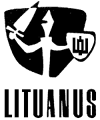
|
LITUANUS
LITHUANIAN QUARTERLY JOURNAL OF ARTS AND SCIENCES
Volume 16, No.3 - Fall 1970
Editors of this issue: Antanas Klimas, Ignas K. Skrupskelis Copyright © 1970 LITUANUS Foundation, Inc.
|

|
ALGIMANTAS KEZYS: A POET OF PHOTOGRAPHY
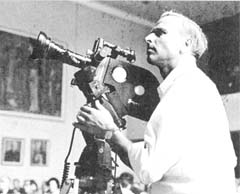 Perhaps the most striking aspect of Algimantas Kezys' photography is that everybody seems to like it. One would expect to overhear an occasional voice of dissidence there are, after all, people who don't care for Beethoven, or Renoir but approval of Father Kezys' art is apparently universal in its enthusiasm, from amateur exhibit-goers to the big pros of the press. C. J. McNaspy described one collection of his photographs as "67 of the most incisive and stunning shots I have ever seen" (America, Dec. 17, 1966). Jacob Deschin of the N. Y. Times sees photographer Kezys as "celebrating the ordinary in the human scene, often with rare sensitivity, insight and originality" (New York Times, Sept. 10, 1967), while the Trib's Erwin Bach affectionately refers to his as "Chicago's one-man dynamo in photography" (Chicago Tribune, Dec. 14, 1967). And Hugh Edwards, the curator of photography at the Art Institute of Chicago, has been an all-out Kezys fan at least since the latter's exhibit there in the summer of '65 or so one gathers from the several reviews he has submitted since then.
Perhaps the most striking aspect of Algimantas Kezys' photography is that everybody seems to like it. One would expect to overhear an occasional voice of dissidence there are, after all, people who don't care for Beethoven, or Renoir but approval of Father Kezys' art is apparently universal in its enthusiasm, from amateur exhibit-goers to the big pros of the press. C. J. McNaspy described one collection of his photographs as "67 of the most incisive and stunning shots I have ever seen" (America, Dec. 17, 1966). Jacob Deschin of the N. Y. Times sees photographer Kezys as "celebrating the ordinary in the human scene, often with rare sensitivity, insight and originality" (New York Times, Sept. 10, 1967), while the Trib's Erwin Bach affectionately refers to his as "Chicago's one-man dynamo in photography" (Chicago Tribune, Dec. 14, 1967). And Hugh Edwards, the curator of photography at the Art Institute of Chicago, has been an all-out Kezys fan at least since the latter's exhibit there in the summer of '65 or so one gathers from the several reviews he has submitted since then.
Behind the consensus of applause, however, everyone seems to have his own ideas on why he likes Kezys' photography. And here begins the usual battle of the label-makers. First, there are those who view his pictures as an expression of the simple things in the day-to-day course of human events, a sort of pictorial Chekhov. In his review of Photographs, Mr. Deschin recommends the book as "an inspired sampling" of what the French photographer Brassai meant by his comment that " 'It is daily life which is the great event, the true reality...' " The late Paul Moses, a professor of art at the University of Chicago, had offered a suggestion of this sentiment earlier when he wrote, "Father Kezys' photography is simple and eloquent music" (Chicago Daily News Panorama, July 3, 1965).
More predominant is the collection of critics who have decided that Algimantas Kezys is a "poet." The label finds its way into headlines consistently and in various languages. A Catholic Review review is entitled "Jesuit Creates Poetic Images with a Lens" (The Catholic Review, May 6, 1966). "Nuotraukos poezija" catches the reader's eye in one Lithuanian daily (Draugas, May 28, 1966). And a Montreal paper features a full-page layout under the heading "Un Poete, Une Camera" (Le Quartier Latin, Nov. 17, 1966).
Other critics have taken a broader look at Kezys' work, and have attempted to reconcile the differing viewpoints. In a well-written essay on the Dec. 1965 exhibit in Chicago, Mr. Edwards describes Kezys as a "poetic realist" (Laiškai lietuviams, Feb. 1966). Reviewing the same exhibit, however, Mr. Bach writes, "His new exhibit shows the American west at its most mystic... subjects with poetic value..." (Chicago Tribune, Dec. 23, 1965). Again, in the introductory section to an experimental edition of Portfolio '66, the Lithuanian authoress Alė Rūta declares that "From the moments seen and captured by Algimantas Kezys. we can conclude that he is a man of poetic temperament, but one who seeks poetry in reality..." On the same page. Balys Chomskis comes to a slightly different conclusion: "Having tossed a careful glance at this collection of photographs by Algimantas Kezys, we will notice that the artist is not a surveyor of reality. ."
Reviewing his 1967 Chicago exhibit, S. Valiukėnas adds another dimension to the photography of A. Kezys by suggesting that the latter's work is more abstract than poetic (Draugas, Dec. 23. 1967). This interpretation had been hinted at in other critiques. As early as 1964, Nancy Kapstein writes:
Dramatic contrast is a principal feature of Father Kezys' camera art. The interplay of light and shadow, rigid figure and free form, and angle and curve characterize the pictures of the priest photographer (Fordham University press release, March 15, 1964).
Mr. Moses' analysis lends support to this description:
His usual approach to the visual phenomenon is to emphasize a strong silhouette with people milling around at its outer edges or to glorify a repeated pattern so that it occupies the whole of the image with only an occasional human trespassing.
Valiukėnas makes a very similar observation, but is more explicit.
The carefully arranged geometric figures and clearly demarcated lines, often approaching abstractionism, are typical of A. Kezys' art... Even in pictures containing human subjects, the essential features of the photograph remain the abstract elements of the surrounding environment . . .
Herewith are the many faces of Algimantas Kezys. His critics have described him as a poet and a realist, a romantic and an abstractionist, and on one occasion a historian of his time. In truth, they are all correct. For Father Kezys is an artist of unbounded talent, whose camera captures the whole breadth of life. If a collection of his pictures appears to fit into a particular type, that tendency may be attributed to the characteristics inherent in the subject matter. Hence, the results of his work in the beautiful national parks and canyons of the American West could accurately be described as "poetic". In another series of pictures, the social commentary implicit in the harsh outlines of the North Philadelphia slums tempts one to apply the easy label of "realism." Similarly, the ultra-modern architectural features of the two World's Fairs understandably lend themselves to an abstract interpretation.
Here, too, lies the probable answer to Father Kezys' wide popularity. The scope of his work leaves a little something for everybody, and consequently, everybody likes it. The fact that he is a superb photographer, no doubt, contributes to the favorability of the audience reception.
A little something for everybody? One Modern Photography reader wrote the editor (Sept. 1967) that "Father Kezys seems to be a photographic counterpart to the late Grandma Moses."
Not a chance. There are some people who don't like Grandma Moses.
Šarūnas Valiukėnas
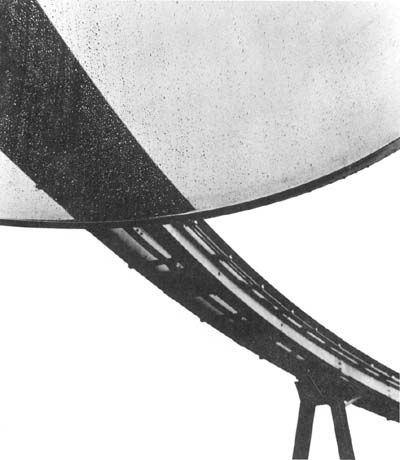
Expo '67, Montreal, Quebec 1967
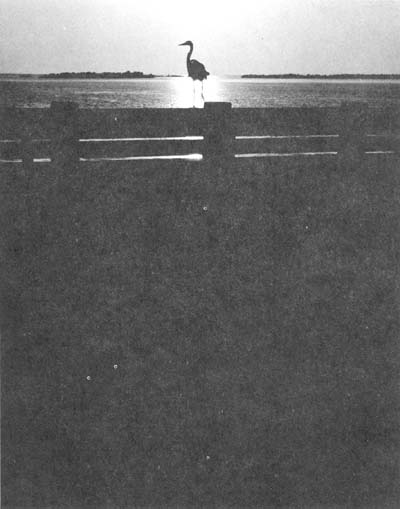
Pinellas Bayway, Florida 1967
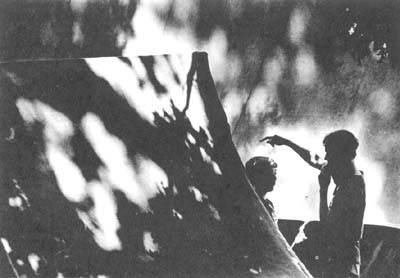
Camp Rakas, Custer, Michigan 1969
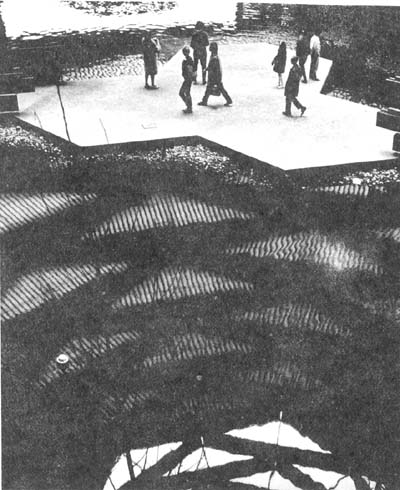
Expo '67, Montreal, Quebec 1967
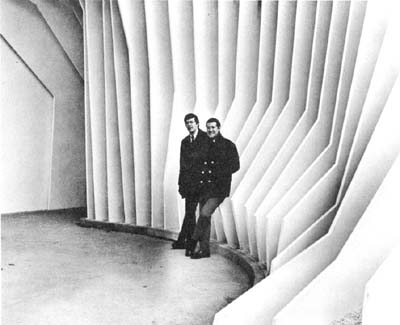
Expo '67, Montreal, Quebec 1967
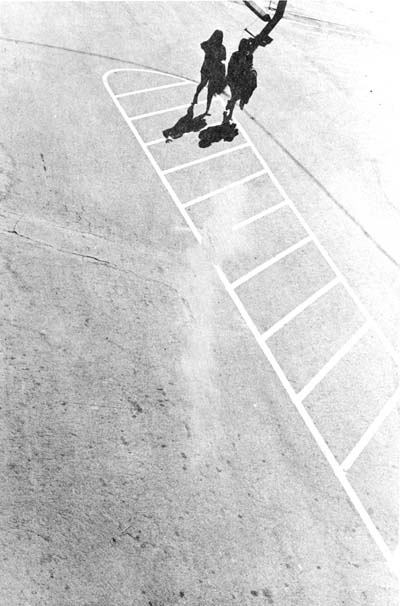
Santa Monica State Beach, Santa Monica, California 1966
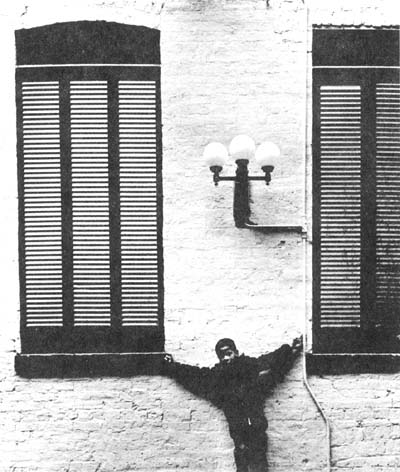
Old Town, Chicago, Illinois 1967
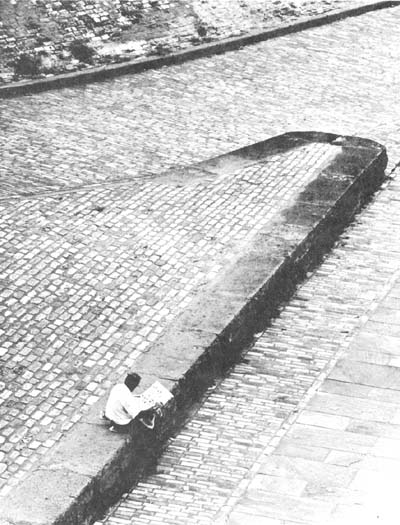
Point State Park, Pittsburgh, Pa. 1969